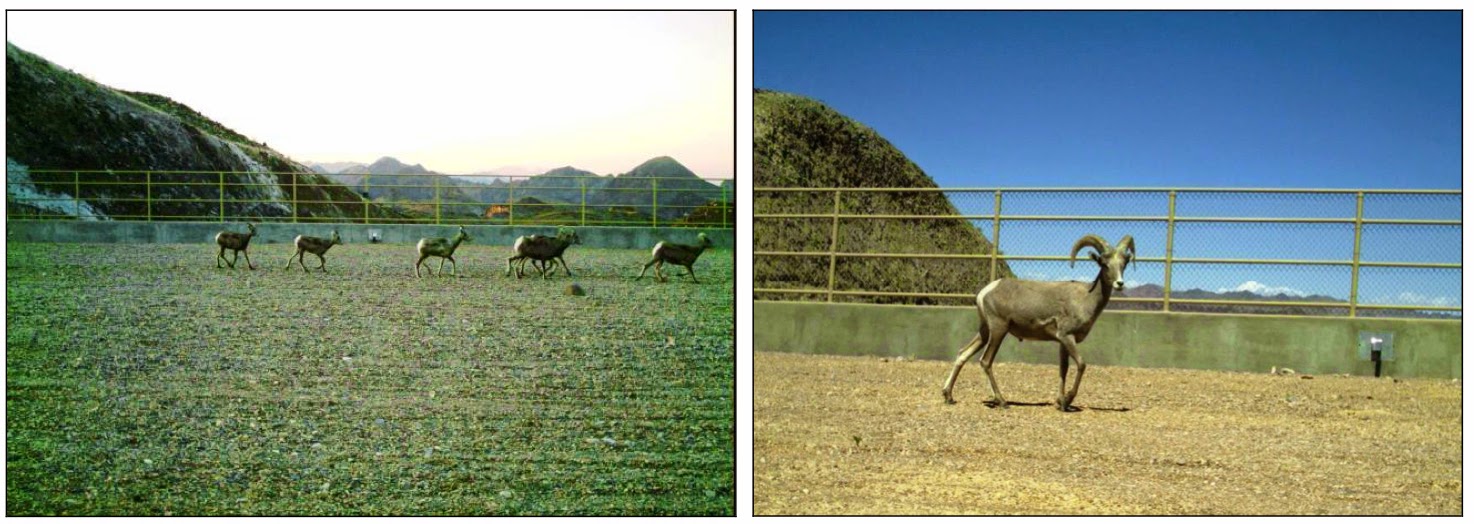Article Exposes Shallow Depth of Energy Discussion

An article grossly mischaracterizing the current state of research into avian mortality at BrightSource Energy's Ivanpah Solar project quickly exposed the difference between rally-around-the-flag cheerleaders and those seeking to ensure renewable energy follows a sustainable path. The piece by David Baker published on the San Francisco Chronicle website notes that only 321 dead birds were found at BrightSource Energy's Ivanpah Solar project from January to June, and casts doubt on the work of scientist Shawn Smallwood who estimated that Ivanpah may kill as many as 28,000 birds per year; Smallwood's estimate was cited in an Associated Press story bringing attention to the incineration of birds at Ivanpah. David Baker's piece regurgitates a BrightSource Energy press release, and the Associated Press article cites testimony by Smallwood, a scientist who has been published in dozens of peer-reviewed publications and reports. The Chair of the California Democratic Part






